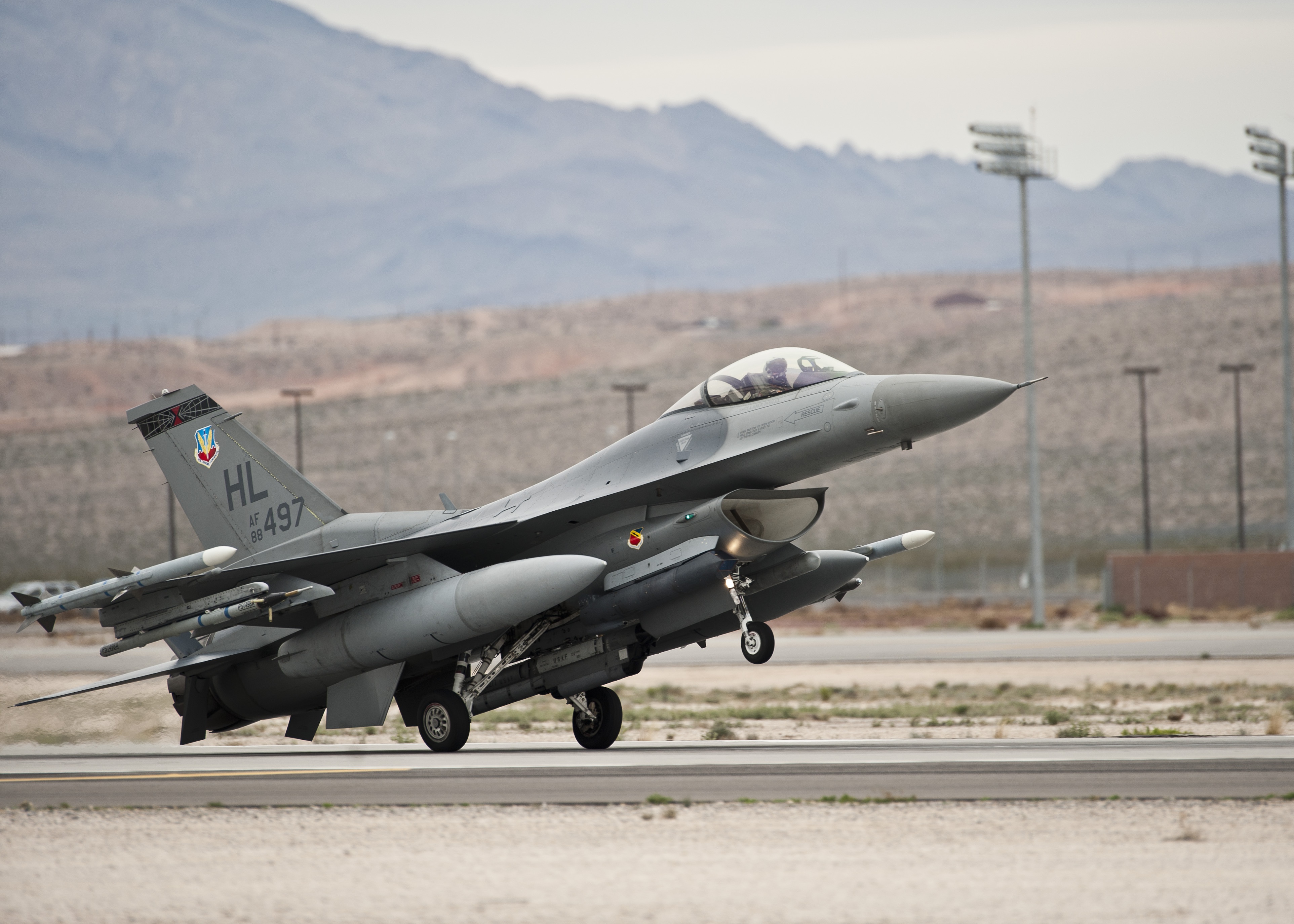

The 10X's T-tail configuration is a new design element for a Falcon jet.Īlso new for the 10X is an addition to the digital flight control system (DFCS), the single power-lever Smart Throttle that was tested extensively during a 7X flight-test campaign last year.

The 10X will be Dassault’s first commercial airplane with composite wings, although the company did extensive flight testing of a Falcon 10 with a composite wing from 1985 to 2005.Ī big change on the 10X is the T-tail configuration of the empennage, a switch away from the distinctive-looking cruciform and downward-canted horizontal stabilizers on earlier Falcons. While the Global 7500’s published range is 200 nm longer, all three have price tags of around $75 million (2021 dollars for the 10X).ĭassault is leveraging its experience manufacturing composite wings for the Rafale fighter jet, and the 10X’s highly swept wing will be made of carbon-fiber composite materials. All three jets’ cabin volume is nearly similar at around 2,700 cu ft.

By comparison, the G700 cabin measures 8 feet 2 inches wide and 6 feet 3 inches tall the Global 7500 is 8 feet wide and 6 feet 2 inches high. Powered by a pair of Rolls-Royce Pearl 10X turbofans, the 10X has a 2,780-cu-ft cabin that sets it apart from competitors, boasting the largest cross-section of a purpose-built business jet with an interior width of 9 feet 1 inch and height of 6 feet 8 inches. We have optimized every aspect of the aircraft with the passenger in mind and established a new level of capability for ultra-long-range aircraft.” “The 10X will offer an unrivaled passenger experience over both short- and long-duration flights, along with breakthrough safety features derived from frontline fighter technology. “Today we are introducing a new benchmark in business aviation,” said Dassault chairman and CEO Eric Trappier. The 10X is expected to be certified and enter service in 2025. However, the combination of distance, speed and landing capabilities make the Falcon 7x an ever popular choice with our clients.Dassault has formally launched the Falcon 10X, a 7,500-nm competitor to the Bombardier Global 7500 and Gulfstream G700, adding the French manufacturer to the ranks of ultra-long-range business jet manufacturers. This is certainly not the cheapest jet available for charter. “But, three engines are more costly in terms of maintenance so it seems the future will belong to the twin engine philosophy.” “It helps to land on shorter runways or high altitude airports, where this jet has outstanding performance” says Dusan. Add in Wi-Fi, inflight cabin entertainment and catering and this Dassault has you covered for up to ten hours in the air. There’s an advanced cabin pressure system which helps to combat the effects of jetlag. A typical daytime cabin configuration has three seating areas, including a club seating section. For nighttime flights the cabin is arranged with six births of two seats. Sure it’s smaller than the 10x, but it still comes with three separate cabin areas.

It’s better value to charter a Falcon 7x. In 2021, the all new Dassault Falcon 10x business jet made big news, competing with the Gulfstream G700 and Bombardier Global 7500 in the super long-range business jet category. Way back in the 1970s, the Falcon 10 was the fastest business jet. It’s notoriously difficult to access for most aircraft, but watch this from the cockpit of a Falcon 7x.ĭassault Falcons have always been fast. It’s rare that a large jet can fly so far, yet still access the small local airports that make private jet charters so valuable.Ī great example is Samedan, Europe’s highest airport, a few kilometres outside St Moritz. The swept-wing profile gives the Falcon 7x unrivalled performance on short runways. Its aerodynamic design creates opportunities for travellers. Prague to the Maldives, even Prague to San Francisco is comfortable for this jet that flies at over 900 km/h.īut big long distance jets need long runways right? This is what makes the Dassault Falcon so special. This is a large-cabin long-range jet for up to 16 passengers, capable of flying nonstop between most cities in the world. It climbs like a rocket, burns less fuel than comparable models, flies over 9000 kilometres and can land at short runway airports. And that’s where the Dassault Falcon 7x really leads the market. The best thing about a private jet is flying anywhere, anytime.


 0 kommentar(er)
0 kommentar(er)
